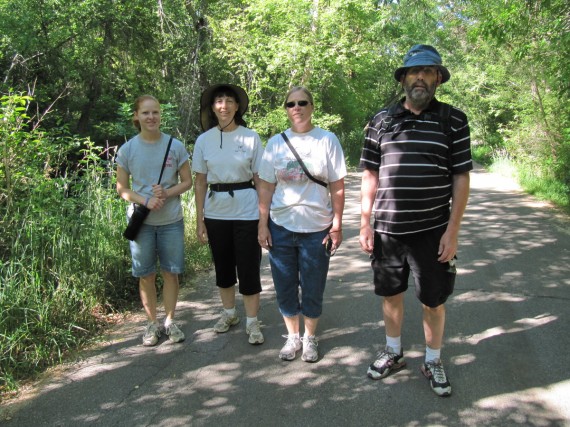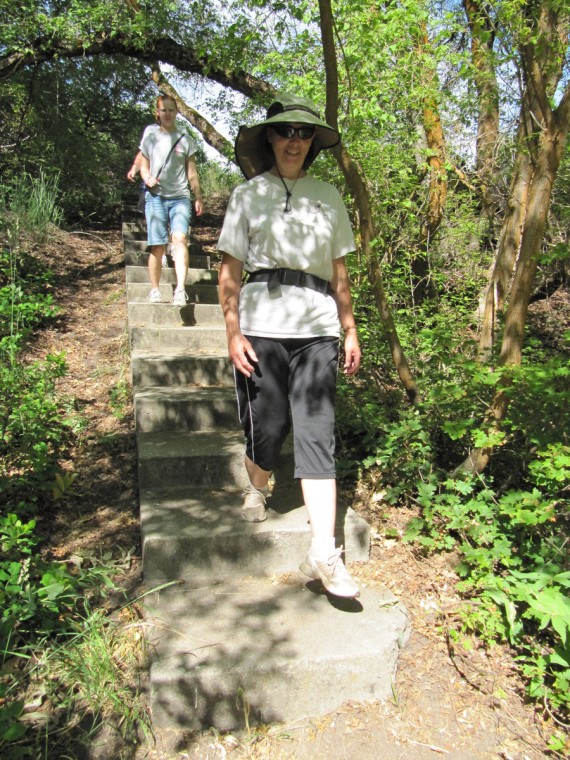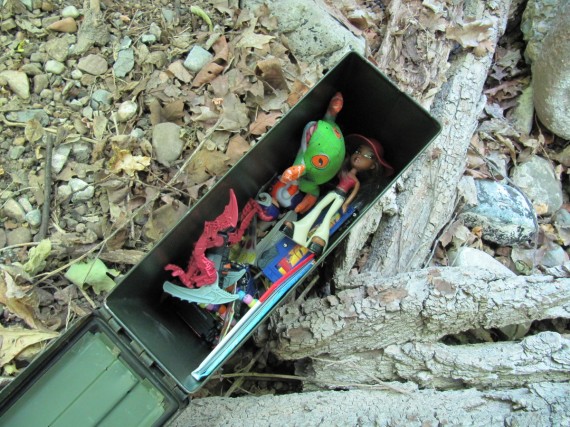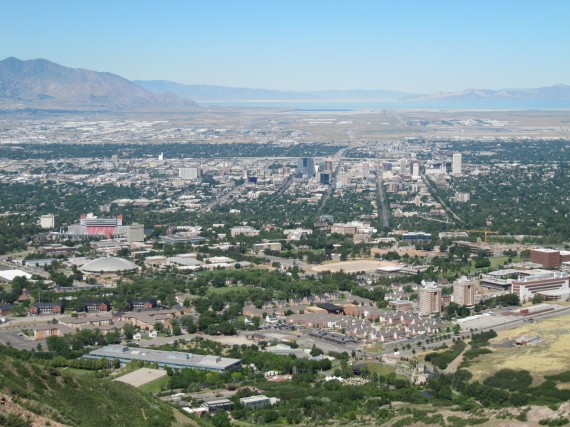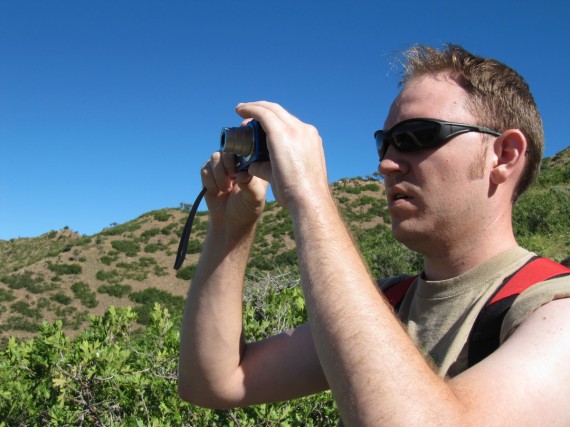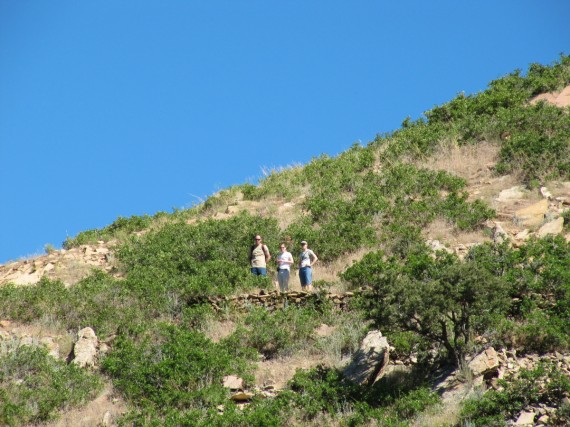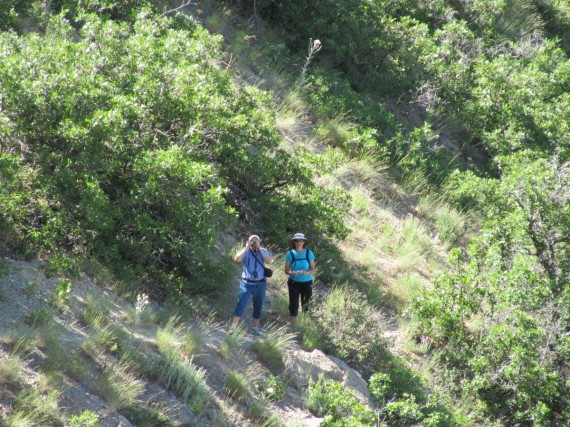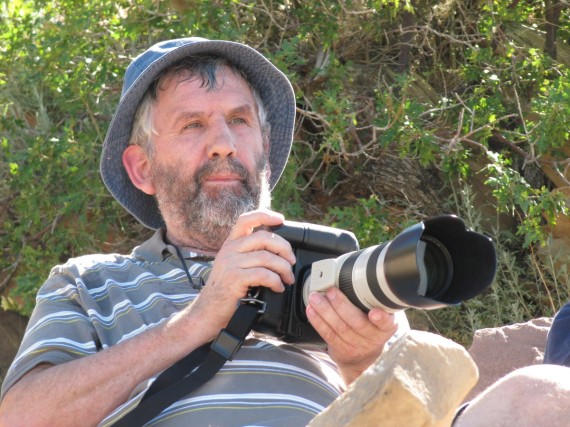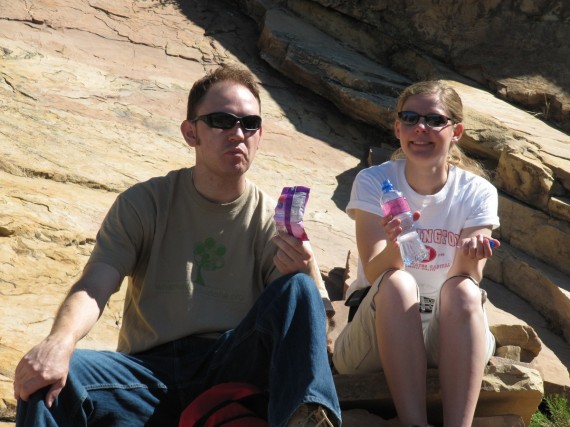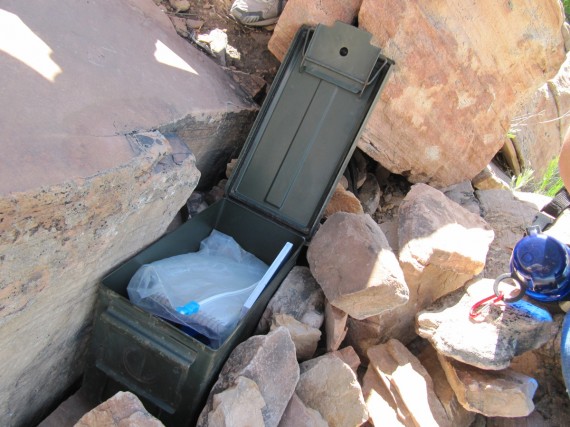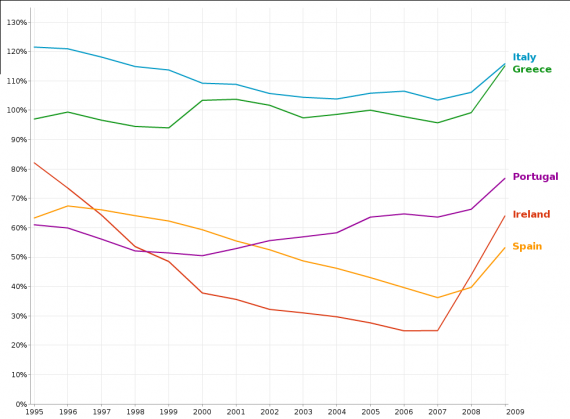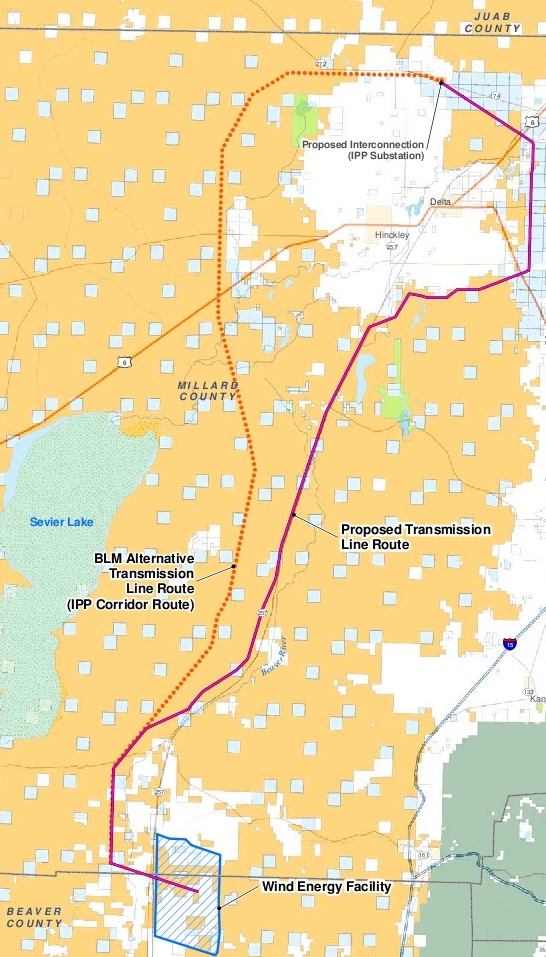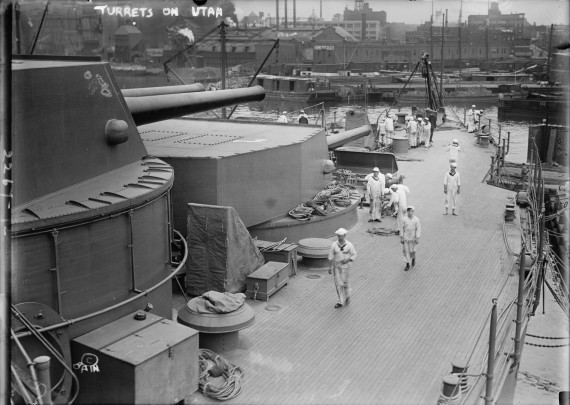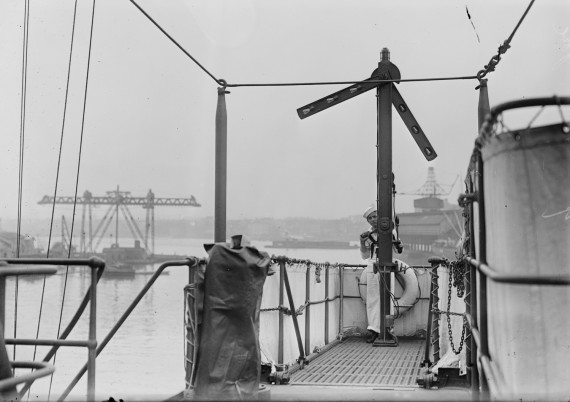Yesterday found us walking along City Creek Canyon Trail. City Creek was the first water source used by the Mormon Pioneers settling the Salt Lake Valley in 1847. In the early years water flowed through ditches for irrigating gardens. Residents hand dipped water for their culinary and domestic needs. In 1866, City Creek was first diverted into a municipally-owned, piped water distribution system to provide fire protection and culinary water supply to city residents.
The maximum recorded flow in City Creek during the floods of 1983 was 322 cubic feet per second, which resulted in considerable debris flows, flooding and damage through downtown Salt Lake City as State Street was converted into a temporary “river” after debris clogged the city’s storm drain pipes.
We walked up the road 2.5 miles and back again. So not many photographs (click to enlarge). The first two shots about sum it up:
Mike carried on when we turned back. However, we did find a concrete staircase built in the middle of the wilderness by a lost civilization.

